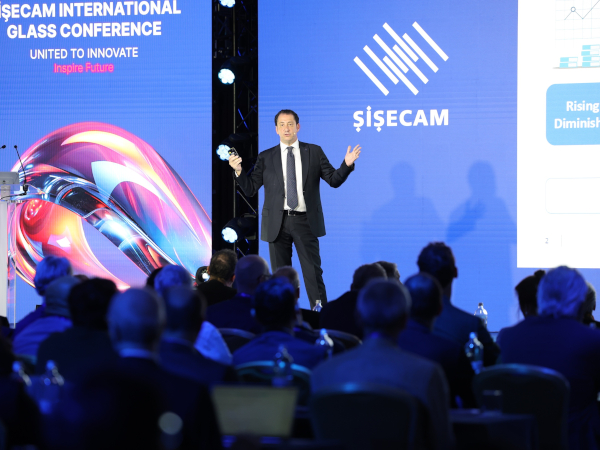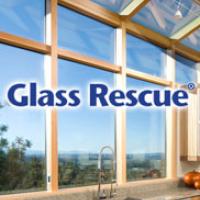Date: 25 September 2015
While there was a lot of positivity among attendees and exhibitors, there is no doubt challenges are presenting themselves in the industry. Themes included the of growth of glass use, the thriving construction market, decreased glass availability, transportation challenges and labor concerns, all of which kept popping up time and time again throughout the keynote speakers, seminars, and general conversation on the floor. The good news, is that Gardner Glass Products is position as well as any company to conquer these challenges.Let’s look a bit at 3 of the specific challenge of glass availability, what is causing them, and Gardner is facing these challenges head-on and overcoming their negative effects.
FEWER PRODUCTION FACILITIES FOR FLOAT GLASS
At the primary level, the flat glass industry in the US has basically 5 float manufacturers: Guardian, PPG, NSG (Pilkington), Cardinal, and AGC. [Gardner Glass Products is considered a fabricator/manufacturer,…which means we buy glass from a producer of float glass, and then do our own processes to it to fabricate it into mirror, decorative glass, or tempered products.] According to a recent WSJ article about the glass industry (focusing mostly on the exterior market, which is slightly different than the interior market which we serve):
“Producers shut 11 out of 47 float-glass manufacturing plants in North America between 2007 and 2014, according to PPG Industries Inc., a Pittsburgh-based glass maker, as demand for glass of all kind—from building facades to auto windshields—sagged during the downturn.“
Once running, a float glass line runs continuously 24-7, 365 days a year for 15-18 years. Then, after that time period of running so hot for so long, the line must stop for maintenance and part replacement called a “rebuild.” The time needed for a rebuild is approximately 3-6 months.
With several of the float glass lines currently in production aging to the point they’ll need to have a “rebuild,” even more capacity is likely to be restricted throughout the next 2 years. Highly capital intensive, the cost of creating a new float line is approximately $100-300 million.
Additionally, the time it takes from permitting to actual production is several years,…so any new lines being added will be several years before any glass is realized from them.
2) THE HEALTHY CONSTRUCTION MARKET
Construction is taking off again. At GlassBuild America, Jeff Dietrich,senior analyst for the Institute of Trend Research, spoke about the industry forecast which is exceedingly sunny for the foreseeable future. That means float glass for window production is in demand in a big way. The clear float manufacturers are at top capacity, and are talking about glass shortages or allocations for their customers. Sizes that used to be in stock, are sometimes more difficult to get than before. Lead times for products may be longer than previous lead times.
3) THE INCREASED DEMAND FOR GLASS USE OVERALL
Glass is simply being used in more places and in more ways than ever before. Engineering and glazing advances have led to the proliferation of interior glass office systems, all glass entrances, glass railings, glass walkways and more. With a limit to how much glass is available in the country, all these products are demanding a piece of the pie. When times were slow, it wasn’t as big of a problem,….but with decreased capacity, everyone is fighting for their share.
But rest assured, at Gardner Glass Products, we’ve spent the last 52 years building relationships within the float glass industry to make sure we have ample supply of high quality glass for silvering into mirrors, back-painting for Dreamwalls Color Glass, or tempering for interior applications. In some cases our lead times may be a little longer than they used to be,…but they’re still among the best in the business. While a specific size of glass requested may not be available, we can offer alternative sizes or quantities and with a little flexibility we can make sure that your project still runs smoothly.
These are all good problems for our industry to have after such a difficult recession. We just ask that all our customers, both old and new, be patient as we navigate the new market dynamics together. Allow as much lead time as you possibly can to account for changing conditions, and maintain as much flexibility for product availability.Knowledge is power, and being aware of the challenges the industry faces means fewer surprises or disappointment.













Add new comment